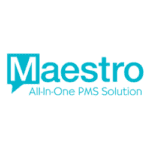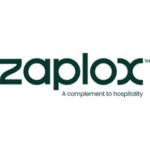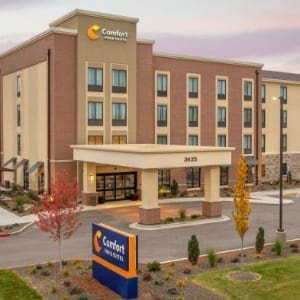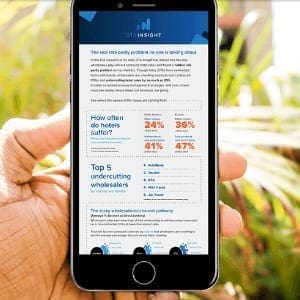 TravelClick, an Amadeus company, today released new data from the Company’s February 2019 North American Hospitality Review (NAHR).
TravelClick, an Amadeus company, today released new data from the Company’s February 2019 North American Hospitality Review (NAHR).
According to this data, average daily rates (ADR) are up 2.7 percent across all travel segments during the first quarter of the year, led by group travel, up 3.8 percent. Similarly, the transient business and transient leisure travel segments are also up 2.1 percent and 2.2 percent, respectively. However, bookings have taken a dip this quarter, down -4.5 percent overall. Revenue per available room (RevPAR) is down, as well, except for group travel, which is slightly up 0.5 percent. Transient reservations are slowing.
“Despite ongoing efforts to generate RevPAR growth through average daily rates increases, sharpening declines in advance reservation pace have created a negative RevPAR environment this quarter, the first in ten years,” said John Hach, TravelClick’s Senior Industry Analyst. “Since the beginning of this year, forward-looking booking pace continues to weaken, especially within the transient reservation segment in many North American markets. This reinforces the need for hoteliers to continue their marketing to maximize bookings.”Twelve-Month Outlook (February 2019 – January 2020)
For the next 12 months (February 2019 – January 2020), transient bookings are down -6.2 percent year-over-year, but ADR for this segment is up 3.6 percent. When broken down further, the transient leisure (discount, qualified and wholesale) segment is down -8.6 percent in bookings, but ADR is up 3.2 percent. Additionally, the transient business (negotiated and retail) segment is down -2.1 percent in bookings and up 2.6 percent in ADR. Lastly, group bookings are slightly down -0.9 percent in committed room nights* over the same time last year, and ADR is up 3.6 percent.
“Given the decline in 2019 transient reservation pace it is imperative hoteliers revisit their current year marketing strategies and look for new methods to capture local demand, especially in the upcoming months. Ensuring guest acquisition is becoming even more acute as hotel prices continue to rise, which carries additional risk of suppressing transient demand over the upcoming peak spring and summer travel seasons. Hoteliers must take advantage of rate canvassing and advance reservation pace business intelligence solutions to create localized competitive advantage strategies that maximize conversion.”
The February NAHR looks at group sales commitments and individual reservations in the 25 major North American markets for hotel stays that are booked by February 1, 2019, for the period of February 2019 – January 2020.
*Committed Occupancy – (Transient rooms reserved + group rooms committed) / capacity.
The first quarter combines historical data (January) and forward-looking data (February – March).





















